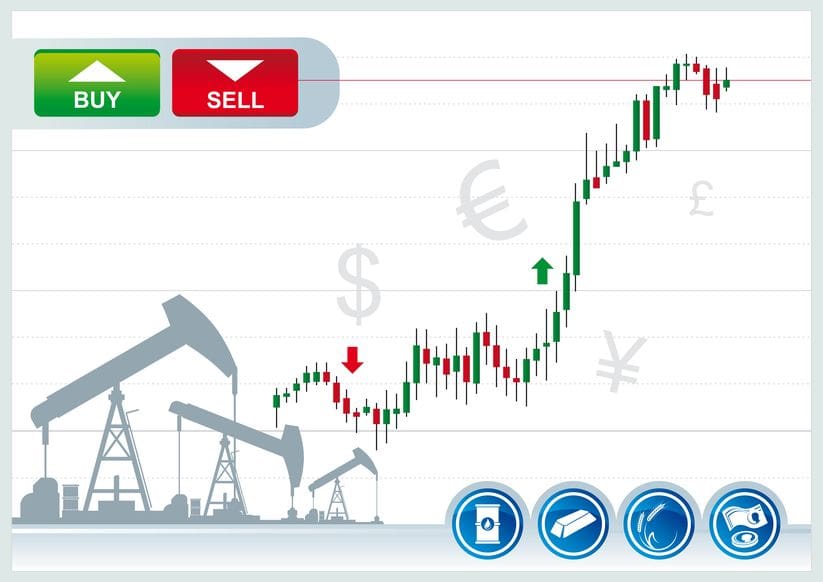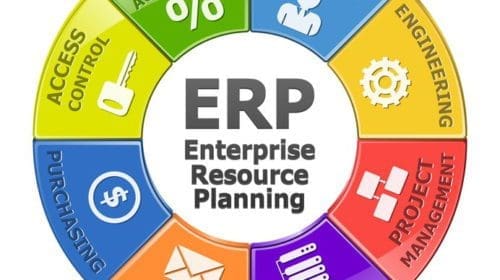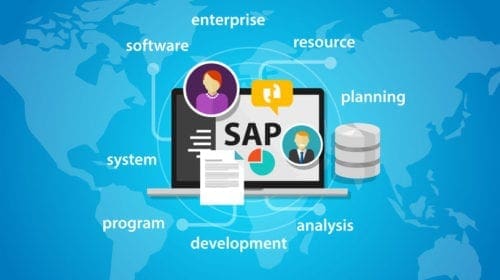Five lessons learned from upgrades and implementations of RightAngle S20+.
Many established upstream, midstream, and downstream oil and gas companies were early adopters of both ERP and ETRM technology, and their investment in implementation projects was foundational in driving the early growth of the software segment. Software vendors built comprehensive solutions, like RightAngle, that support the full hydrocarbon origination-to-settlement transaction lifecycle, as well as provide for associated accounting, tax, and other niche industry-specific use cases. At the time, these software applications were built on leading technology platforms. Time and technology marched inexorably on and the pressure to support and enhance the core product with new features and functions was naturally in competition with backend modernization for scarce product management, development, and testing resources. For many solution providers, that underlying technology started to show its age and customers clamored for modernization to improve reliability, enhance security, improve performance, and streamline support.
Most of the major ETRM vendors rose to the challenge and overhauled their architectures to meet customer demands and laid a foundation for future growth, embraced cloud, provided for enhanced analytics and prepared for the rise of artificial intelligence (AI). However, despite the large installed base and the fact that these new versions have been available in the marketplace for some time, comparatively few upgrades have been completed to date. Many have sizeable investments in their existing ETRM ecosystem that provide them with incremental advantages for making upgrades the most logical path forward.
The Upgrade Scenario
One of the most widely implemented ETRM systems for energy companies active in trading, logistics and marketing bulk liquids like oil, refined products and renewable or biofuels is RightAngle, so it represents a useful example of the types of challenges and opportunities that can come with a major ETRM upgrade project. The latest releases of version S20 and higher constitute a step change in the technical platform itself. There are some notable functional improvements as well that can be unlocked as clients upgrade. Given the fundamental changes to the tool set itself there are five key areas of focus when contemplating, planning, and executing an upgrade.
Three Key Upgrade Challenges
Big system upgrades in general are not without inherent challenges and a move to RightAngle S20 or similar ETRM upgrade is no different. The minor tweaks and improvements to the tool are almost innumerable but there are a handful of instances where the technology change is substantial enough that significant rework of existing solution components is likely required to prevent feature regression, and these can derail a project if not accounted for up front. Note that specifics can vary depending on the prior version being upgraded.
- Entirely New DMS System — This version of RightAngle brings with it a toolset for managing documents like confirmations, statements, invoices, etc. Since there’s no direct upgrade path for these items they’ll need to be recreated and retested. The version upgrading from and the extent of customization will largely drive the level of effort the system transitions away from a world where deals are in .Net, but related documents are in PowerBuilder.
- Reporting & Report Distribution — The upgrade includes a change in reporting technology that’ll require all distributed reports to be rebuilt and reviewed. In addition, depending on the version upgrading, there may also be changes to underlying tables and custom views that’ll necessitate fixes to existing reports. When upgrading from versions S15 and earlier this could be an important consideration for risk batch report jobs.
- Code Compatibility & Performance — The latest version of the application requires SQL Server 2019 to host the RightAngle database along with Windows 2019. Some custom code may need to be modified and/or adjustments made to compatibility settings. The older the version of RightAngle a company is upgrading from the more significant this work effort may be. An analysis of release notes combined with database comparisons using a tool like RedGate can help refine upgrade scope and complexity.
Two Important Upgrade Opportunities
While upgrades can be time consuming, expensive, and come with a host of challenges like those listed above, they also present some potentially tantalizing opportunities. In many cases, the opportunities are obviously new pieces of functionality (e.g., RightAngle’s new Inventory Work Bench), but many are buried under the challenges themselves and must be unearthed. Below are two such examples:
- Move To Cloud — Since the application upgrade to S20 is a major one offering no direct path and is also dependent on OS and database upgrades, it’s a chance to consider a changing hosting strategy from what’s likely on premises to cloud. A move to a cloud platform like Azure offers numerous short-term gains (e.g., cost, reliability, scalability, security), but it also opens the door for future applications like AI and machine learning (ML), along with a suite of reporting and analytics tools.
- Enhanced Analytics — As previously mentioned, the S20 upgrade may require a sizable effort in terms of rebuilding, remediating, and retesting legacy reports built inside the application. The upgrade could serve as a catalyst to shift to a more robust third-party reporting and analytics capability leveraging solutions like Snowflake, Tableau or Power BI to make the organization’s information assets more accessible and consumable for decision makers.
The Way Forward
Energy companies faced with the prospect of a strategic ETRM upgrade opportunity can benefit from the early lessons learned through implementations and migrations to RightAngle S20 (or newer). These kinds of significant systems projects represent relatively rare instances to take a step back and evaluate the relationship between the company’s business model and processes versus the existing functional footprint of the trading and risk solution environment. In addition, a careful assessment of instances where a move to stronger digital trading and logistics capabilities may help build a benefits case for the capital investment necessary to complete an upgrade.
An upgrade to an existing ETRM system may not represent the optimal value proposition for all customers and many are taking steps towards a more postmodern ETRM solution architecture as an alternative.
Kent Landrum, Managing Director in Opportune LLP’s Process & Technology practice who leads the firm’s Downstream Sector, has 20 years of diversified information technology experience with an emphasis on solution delivery for the energy industry. Kent has a proven track record of managing full life cycle software implementation projects for downstream and utilities companies, including ERP, ETRM, BI, MDM, and CRM. Prior to rejoining Opportune, he served as a Vice President & Chief Information Officer for CPS Energy. Kent holds a B.S. degree in Computer Science and Economics from Trinity University and a master’s degree in Organizational Development from the University of the Incarnate Word.
Chris Nettles is a Manager in Opportune LLP’s Process and Technology practice. During his tenure at Opportune, Chris has delivered a multitude of technical solutions for clients within the energy industry and has obtained a wide range of functional business knowledge along the way. He is experienced in all aspects of a project life cycle and has served as a technical lead on both a RightAngle implementation and upgrade. His background provides him with a high level of attention to detail and a systematic approach to finding solutions to problems. Chris holds a B.S. in Computer Science from Northeastern State University and has been with Opportune for nine years.
Oil and gas operations are commonly found in remote locations far from company headquarters. Now, it's possible to monitor pump operations, collate and analyze seismic data, and track employees around the world from almost anywhere. Whether employees are in the office or in the field, the internet and related applications enable a greater multidirectional flow of information – and control – than ever before.












